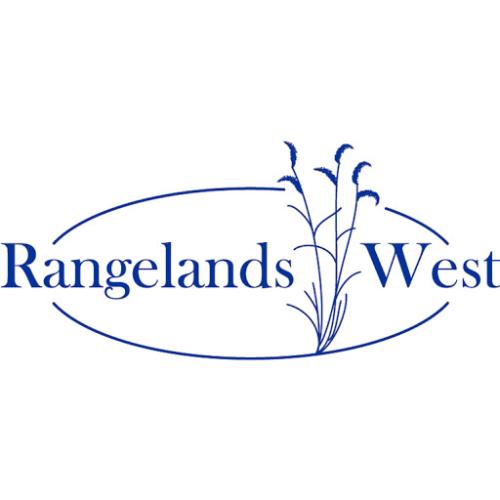Although stocking rate is often described as the most important decision livestock managers make, most environmental concerns associated with cattle ranching in the western U.S. result from undesirable grazing distribution patterns, especially on public lands. In the West, mountainous terrain and arid and semi arid climatic conditions restrict where cattle are willing and able to go. For example, cattle typically congregate on gentle terrain and in areas near limited water sources. Cattle are typically reluctant to graze steep slopes, climb high ridges and travel long distances from water. These preferences can lead to excessive forage use on gentle terrain located near water, including riparian areas, while abundant forage on rugged terrain and areas far from water are left ungrazed. In summary, concerns with cattle grazing in the western U.S. are usually not a consequence of too many cows, but instead, are due to cattle selectively concentrating use in certain areas while avoiding other areas.

Articles, citations, reports, websites, and multimedia resources focused on rangeland ecology, management, restoration, and other issues on American rangelands.